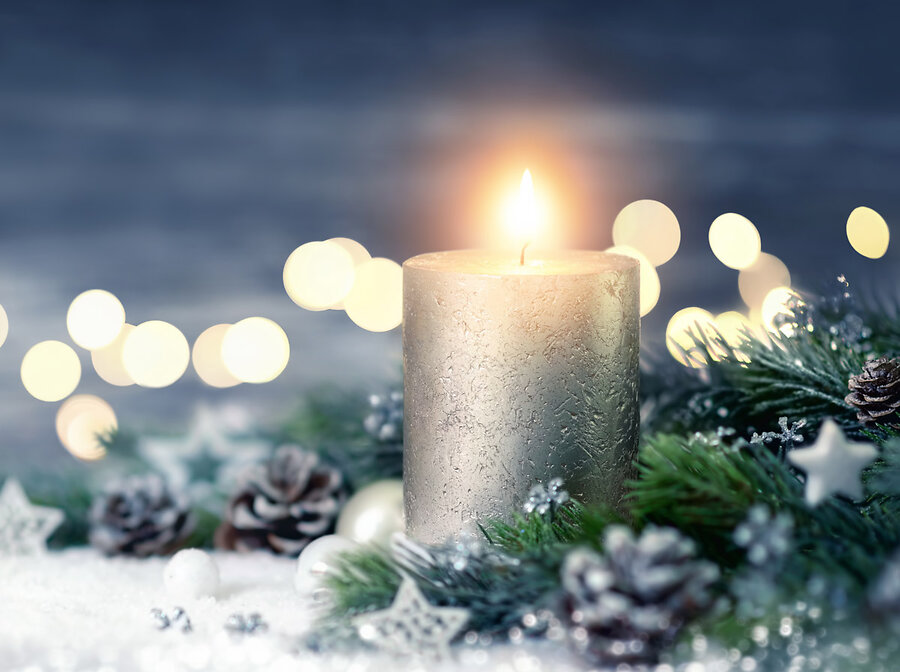 WINTER SOLSTICE: CELEBRATING THE LIGHT by Rob Lauer The winter solstice. The first day of winter. The shortest day of the year. Many think of it as the first day in a dreary season of cold darkness, made temporarily cheerful by the display of holiday lights. But our ancient ancestors, paying more attention to the annual movement of the stars and planets, thought of the winter solstice quite differently. Yes, it was the shortest day of the year, but things would change for the better at some point during the year's longest night. Each day over the coming six months would be just a bit longer than the one before and each night a bit shorter, culminating in June's summer solstice-the longest day of the year. For the ancients, the winter solstice was the day when the light finally conquered the darkness. The Persians marked the solstice by celebrating the birthday of their sun god, Mithra. Around the time of the winter solstice, the ancient Roman festival of Saturnalia was celebrated with games, feasts, gift-giving, and temporarily treating slaves as equals. Germanic people celebrated Yule, a 12-day feast of light that included decorating trees, heavy drinking (wassailing), singing, bonfires, and burning a Yule log. When Christianity became the Roman Empire's official religion, it made sense that these established festivals, celebrating the coming of light into a dark world, would be transformed into celebrations of Jesus's birth. As Christianity spread across Europe, the transformation was so complete that Yuletide became synonymous with Christmas. Wassail became a traditional Christmas drink, and the decorated trees of Germanic tribes became Christmas trees.  The Shopper 1545 Crossways Blvd. Chesapeake, VA 23320 757-317-5465 http://www.TheShopper.com |